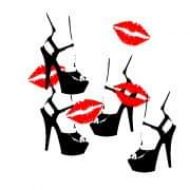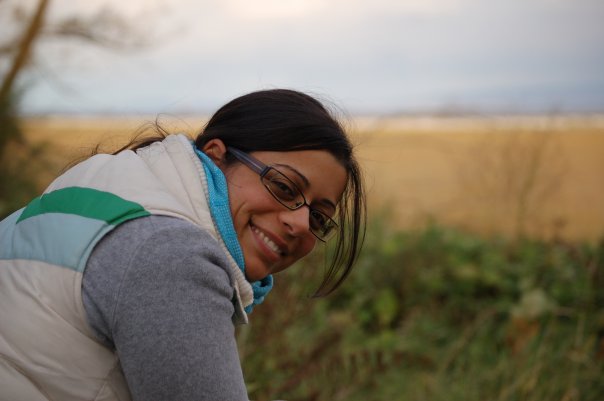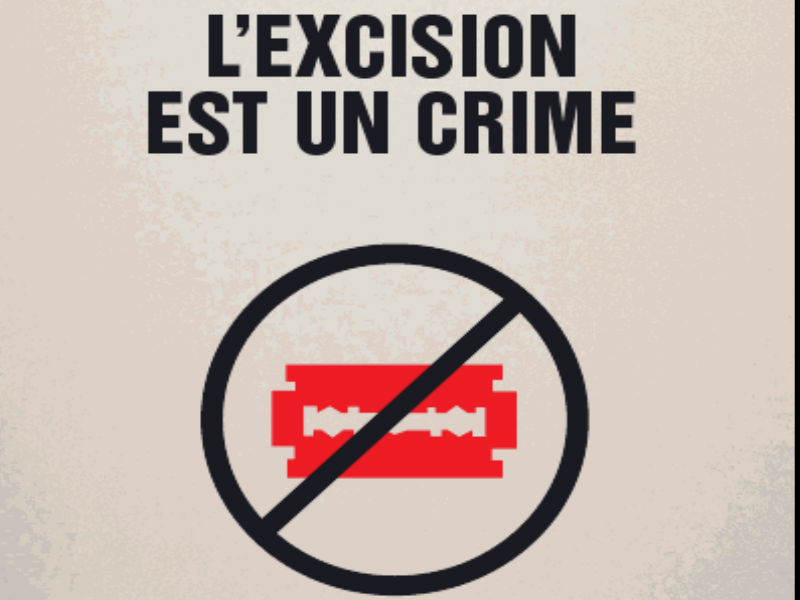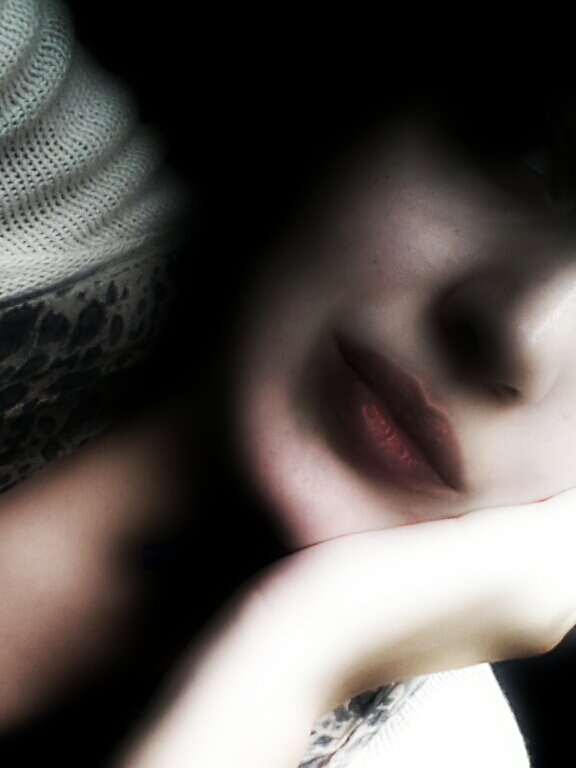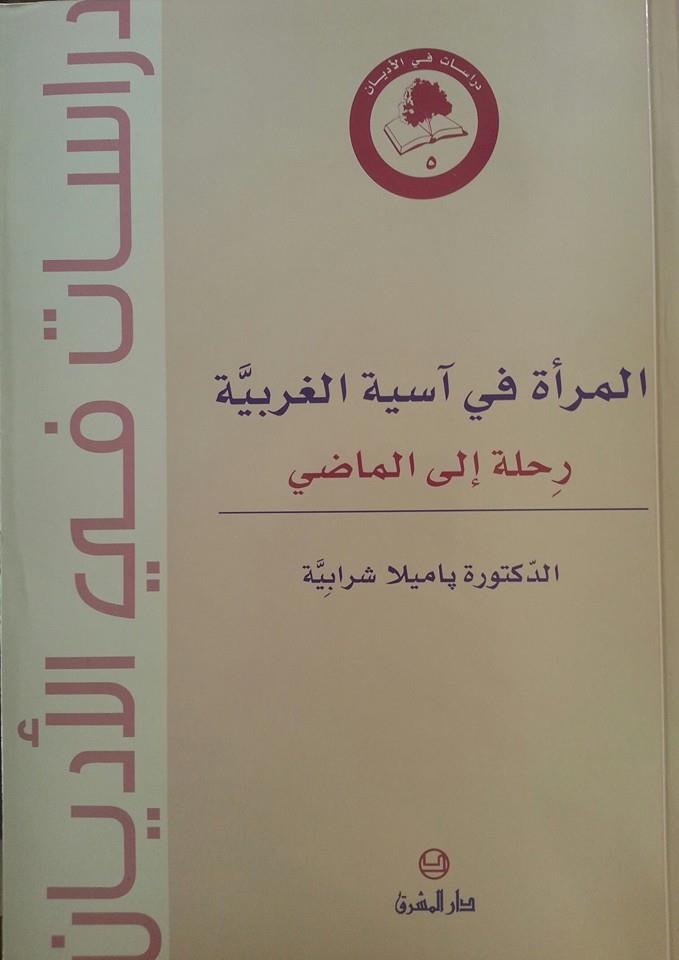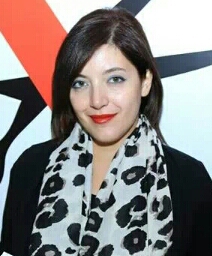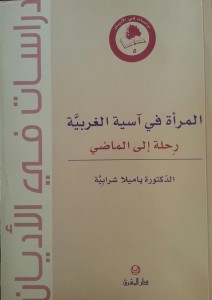
Le Liban est un pays diversifié, mais le Québec l’est encore plus, du moins en ce qui concerne les diversités religieuse et ethnique, des croyances et des pratiques. C’est à Montréal que je rencontrais pour la première fois des féministes de toutes tendances et approches : juives, musulmanes, hindoues, bouddhistes, bahaïes, vodouisantes, sorcières, agnostiques, athées, etc. ; des féministes de droite et de gauche, de celles qui rêvent du matriarcat à celles qui militent pour un partenariat équitable ; des hétérosexuelles, lesbiennes, bisexuelles, Queer, et j’en passe… Dans la province de l’érable, de la poutine et de la francophonie nord-américaine, il y a des femmes qui parlent aisément de tout – politique, problèmes de société, environnement, religions, sexualité, … -, qui sont députées et premières ministres, directrices, doyennes, femmes d’entreprise, et femmes au foyer ; des femmes qui partagent leurs histoires et points de vue en s’affranchissant de la honte et de la peur.
Il est évident qu’on trouve au Liban des lieux de liberté d’expression et des pensées/pratiques non-discriminatoires, ainsi qu’une histoire de plusieurs millénaires chargée d’exemples de femmes aux rôles et compétences multiples, et il est évident que je ne cherche pas à dire que le Québec est l’incarnation même de la perfection des rapports entre les genres, ni que le Liban est celle de l’oppression… Le féminisme, en tant que pensée et pratique, je le connus avec ma mère, et à travers ma lecture d’innombrables ouvrages historiques et archéologiques traitant d’anciennes cultures et religions de l’Asie de l’Ouest ; je le connus aussi en m’abreuvant aux œuvres de femmes arabes artistes, poétesses, romancières, académiciennes,… et en militant pour les droits humains au sein d’organismes non-gouvernementaux locaux entre le milieu et la fin des années 90 du siècle dernier. Toutefois, c’est au Québec que je fus introduite au féminisme en tant que mouvement socio-politique interculturel et interreligieux, aux théologies féministes, et à la fameuse pièce de théâtre d’Eve Ensler, « Les Monologues du Vagin » – non censurée !
Ce mot, d’ailleurs, provoque encore l’angoisse et le dégoût chez bien de femmes au Liban. Peut-être parce qu’il fut approprié par des hommes qui le transformèrent en injure ou objet de fantasme… Or, dire le mot ‘Vagin’ en libanais (‘Kess’), dépourvu de toute connotation négative, constitue la première étape de la reconnaissance de la sexualité au féminin, de la pensée et de l’agir au féminin, de l’appropriation du corps des femmes par les femmes, de l’être femme par les femmes. Tant que ce mot (et bien d’autres encore) est utilisé à tort et à travers, tant qu’il est manipulé, surtout pour clamer haut et fort la faiblesse des femmes et leur obligation de soumission, tant que l’impensable accompagne ce mot, on ne peut être surpris de la prolifération de la violence perpétrée à l’encontre des femmes.
L’objectif n’est pas de dire les mots ‘tabous’ tout simplement pour les dire, mais de déconstruire les préjugés et la censure, et penser ces mots ‘autrement’… de les rendre ‘pensables’, de les redire, et d’agir en conséquence. En ce sens, il est impératif de désapprendre ce que nous avons appris au sein de systèmes d’exclusion mutuelle. Il est urgent de comprendre le pourquoi et le comment des choses, de problématiser le canevas épistémologique articulant chaque discours, d’analyser les régimes de vérité à la base de la construction du savoir, d’entreprendre – en utilisant les termes de Muhammad Arkoun – « une archéologie des discours sédimentés et des évidences sclérosées » qui légitiment les volontés de puissance de groupes sociaux en compétition pour l’hégémonie. Il est plus qu’urgent de transgresser les terminologies et concepts dits ‘immuables’ et ‘absolus’, d’interroger la réalité vécue et de pratiquer l’ijtihad (effort d’interprétation) au sein d’un mouvement de renouveau (tajdid) et de réforme (islah). Car plus que la déconstruction, la reconstruction est de rigueur.
Vagin n’est pas un mot ‘sale’. Il n’est pas ce qui définit une femme, ni la faiblesse physique/mentale (je réfère ici au fameux dicton populaire libanais : ‘ne sois pas un vagin’ (ma tkoun kess) – ‘sois un homme’). Il fait partie de l’être femme, lequel est parfois épanoui – un être qui chante sa liberté -, mais dans bien des cas est violé, tant physiquement que psychologiquement. Etre femme, c’est d’être humain, le fruit d’un regard sur soi et sur l’autre, dénué de tout projet d’autojustification et de complaisance dans des poncifs convenus ; c’est de se situer dans une dynamique de critique et d’autocritique constructrices, ces deux facettes de la pensée dialectique qui vont de pair. Il n’est d’ailleurs aucune moisson possible sans ce double effort, vers l’intérieur puisqu’on refuse la mortification, et vers l’extérieur, en vue du dialogue, du partage équitable et de la convivialité – une double moisson qui permet de survivre, de vivre, d’avoir du plaisir et de donner la vie.
